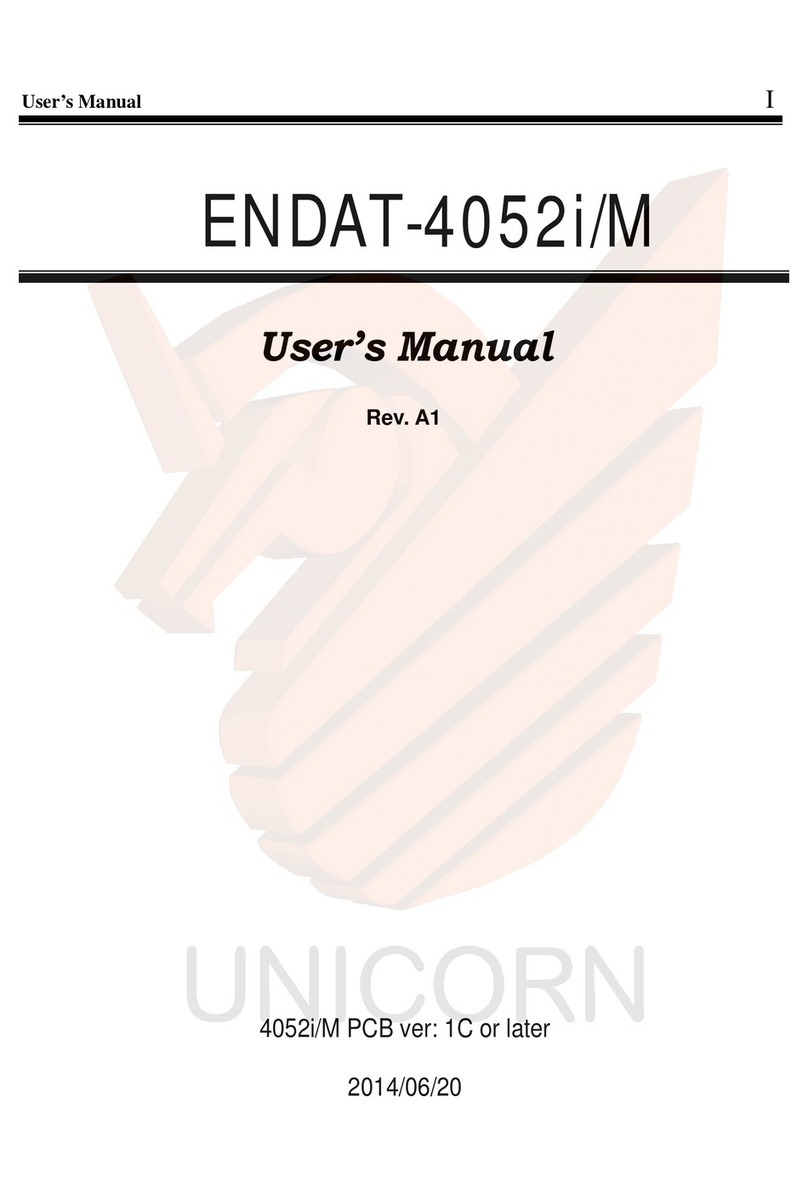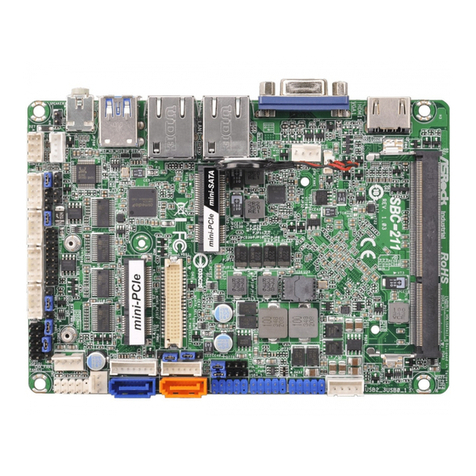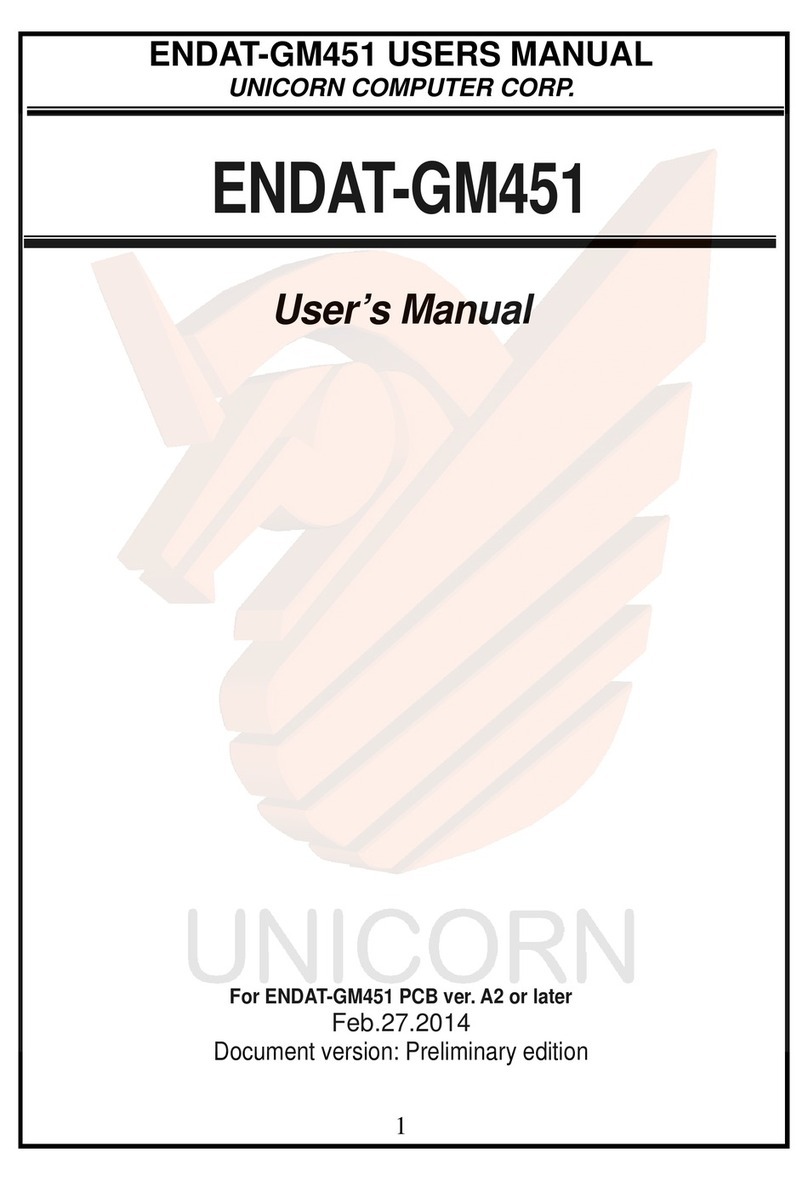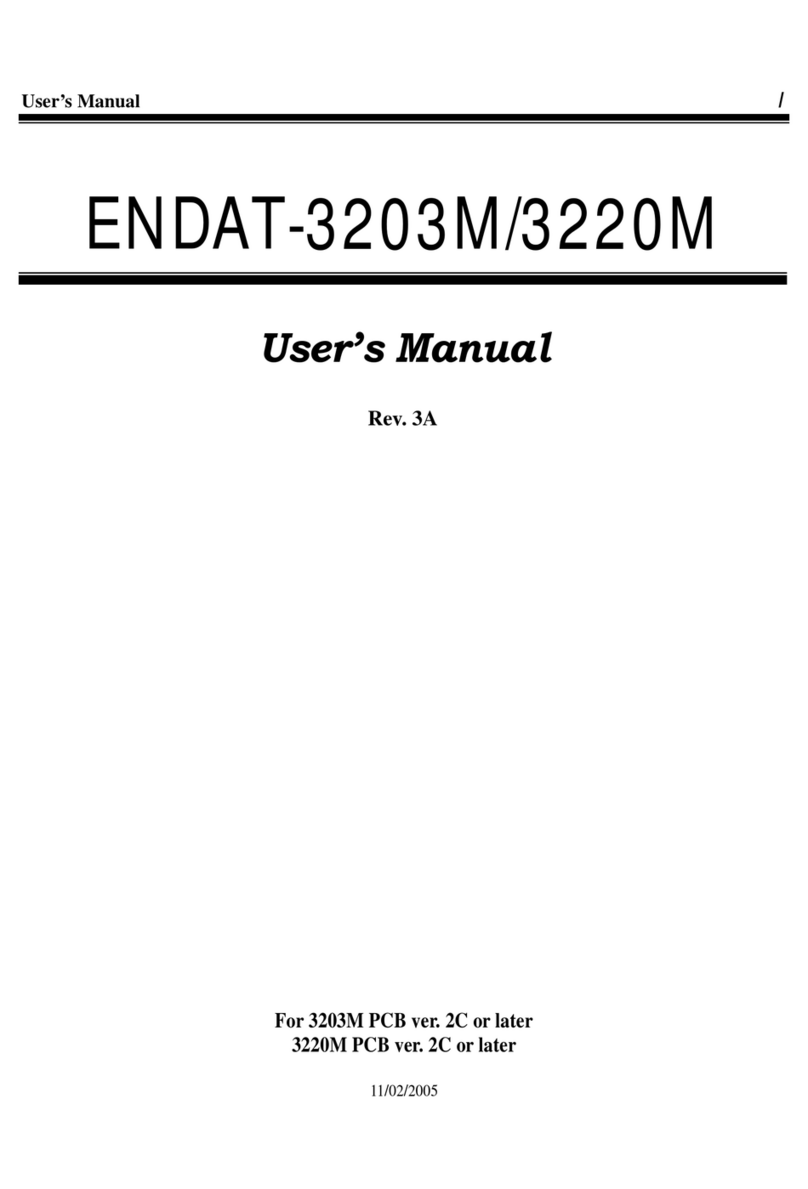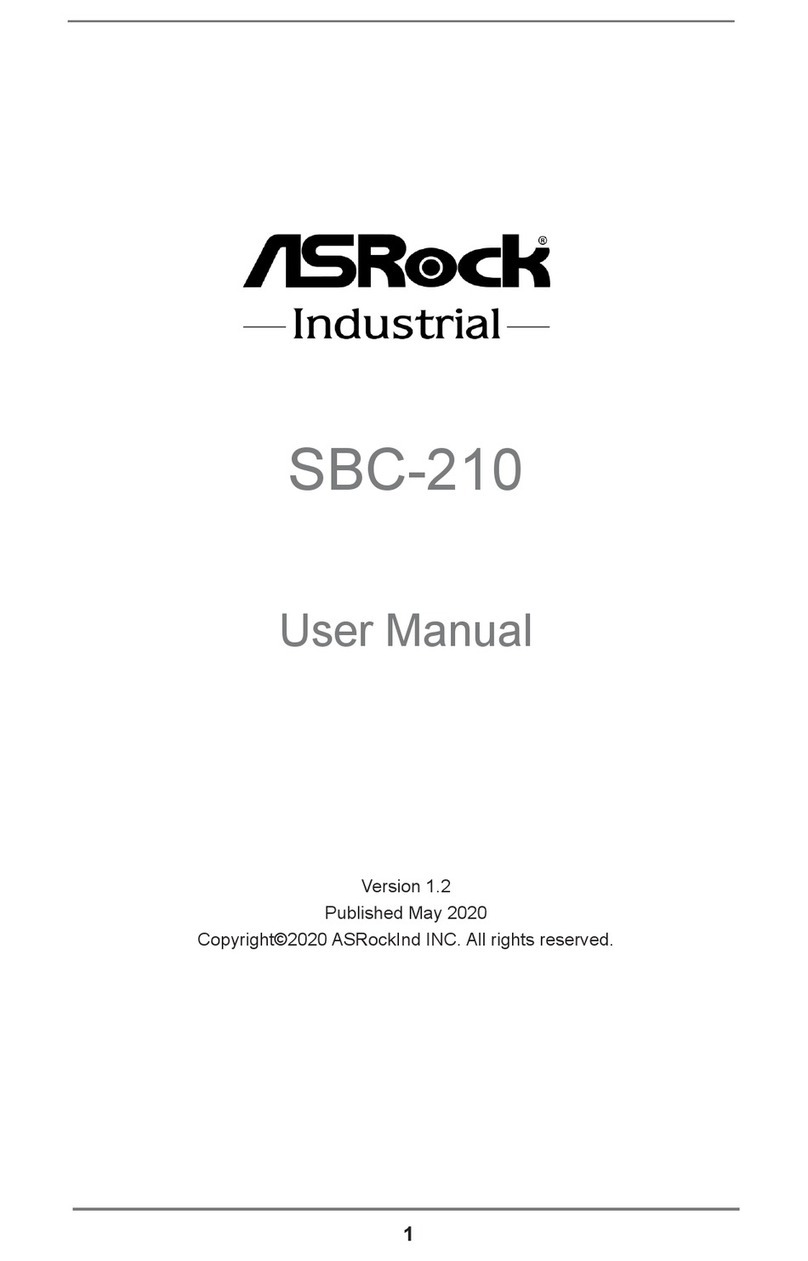
User Manual II
Copyright Notice
The content of this manual has been checked for accuracy. The manufacturer
assumes no responsibility for any inaccuracies that may be contained in this
manual. The manufacturer reserves the right to make improvements or modification
to this document and/or the product at any time without prior notice. No part of this
document may be reproduced, transmitted, photocopied or translated into any
language, in any form or by any means, electronic, mechanical, magnetic, optical or
chemical, without the prior written permission of the manufacturer.
VIA C7® is registered trademark of VIA Technology Incorporation
CX700M may only be used to identify products of VIA Technology
Multiscan is a trademark of Sony Corp of America
IBM, EGA, VGA, PC/XT, PC/AT, OS/2 and PS/2 are registered trademarks of
International Business Machines Corporation
Plug and Play is registered trademarks of Intel Corporation
Microsoft, Windows and MS-DOS are trademarks of Microsoft Corporation
Award is a trademark of Phoenix Software Inc.
PCI is a registered trademark of PCI Special Interest Group
All trademarks are the properties of their respective owners.
Other product names mentioned herein are used for identification purpose only and
may be trademarks and/or registered trademarks of their respective companies.
Installation Notice
The manufacturer recommends using a grounded plug to ensure proper
motherboard operation. Care should be used in proper conjunction with a grounded
power receptacle to avoid possible electrical shock. All integrated circuits on this
motherboard are sensitive to static electricity. To avoid damaging components from
electrostatic discharge, please do not remove the board from the anti-static packing
before discharging any static electricity to your body, by wearing a wrist-grounding
strap. The manufacturer is not responsible for any damage to the motherboard due
to improper operation.
